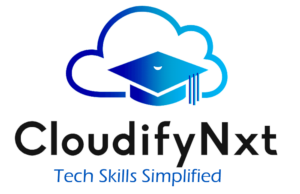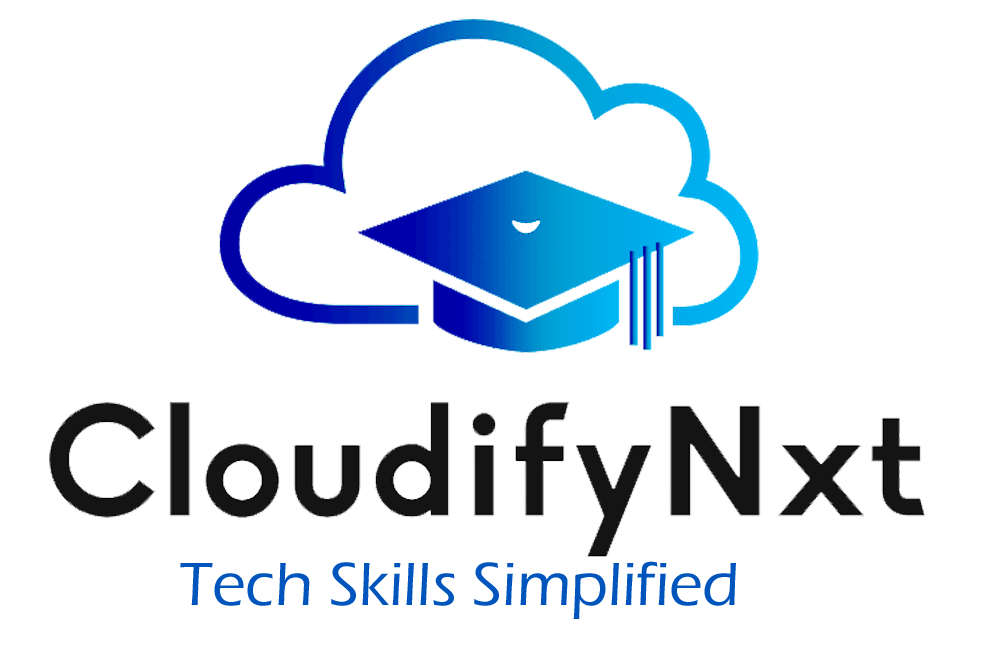
What Is DevOps? A Modern Guide for IT Learners
Contents
What Is DevOps? A Modern Guide for IT Learners
DevOps is a powerful blend of Development + Operations—aimed at delivering software faster, more reliably, and with greater collaboration. In this guide, you’ll discover its definition, tools, benefits, metrics, and real-world applications, all structured with SEO-focused keywords to help learners and professionals find and engage with your content.
Quick Overview: What Is DevOps?
DevOps is a methodology combining culture, automation, and continuous delivery. It focuses on accelerating the software development lifecycle—from planning and coding to deploying, monitoring, and iterating rapidly.
DevOps Lifecycle & Key Phases
Understanding the DevOps lifecycle is crucial for both learners and professionals:
-
Plan – Agile planning, sprint goal setting
-
Code – Version control (Git), microservices development
-
Build – CI pipeline: Jenkins, GitLab CI/CD, GitHub Actions
-
Test – Automated testing: unit, API, performance
-
Release – CD pipeline enabling continuous delivery
-
Deploy – Infrastructure as Code (Terraform, Ansible) deployments
-
Operate – Monitoring with Prometheus, Grafana, ELK
-
Monitor & Feedback – Collect metrics and logs for continuous improvement
DevOps Tools & Technologies
What tools should every beginner focus on?
-
Version Control & Git – Git, GitLab, GitHub for branching and collaboration
-
CI/CD Pipeline Tools – Jenkins (most popular), GitLab CI/CD, CircleCI, GitHub Actions
-
Containers & Orchestration – Docker, Kubernetes, OpenShift
-
Infrastructure as Code (IaC) – Terraform, Ansible, Chef, Puppet
-
Cloud Platforms – AWS, Azure DevOps, GCP; learners often search “azure devops” and “aws devops”
-
Monitoring & Logging – Prometheus, Grafana, ELK stack for observability
-
DevSecOps – Integrated security in pipelines; emerging term include security scanning, shift-left testing
Benefits and Why It’s Searched
DevOps adoption brings measurable advantages:
-
Faster release cycles – Frequent deployments via CI/CD
-
Improved stability – Automated testing reduces bugs
-
Enhanced collaboration – Cross-functional culture
-
Infrastructure scalability – IaC and containers
-
Better security – DevSecOps embeds security into delivery
Trending Terms & Emerging Patterns
Stay on top of new buzzwords shaping the industry:
-
DevSecOps – Security-driven DevOps pipelines
-
GitOps – Git-centered infrastructure management
-
Platform engineering – Building self-service internal platforms
-
AIops – AI-driven operations automation
-
Edge DevOps, FinOps, DORA metrics, cloud devops
Real-World Use Cases
-
E-commerce – Rapid feature release with Jenkins + Docker
-
Finance – Secure pipelines with DevSecOps in Azure
-
Healthcare – Monitoring-heavy environments using ELK, Prometheus
-
SaaS startups – Lean teams using Kubernetes, Terraform, GitLab CI/CD
Getting Started: Tips for Beginners
If you’re new, follow this roadmap:
-
Learn Linux + Git – foundational skills
-
Set up a CI/CD pipeline – start with Jenkins or GitHub Actions
-
Practice Docker + Kubernetes locally
-
Explore IaC tools like Terraform and Ansible
-
Add monitoring tools for observability
-
Integrate DevSecOps by including automated security scans
